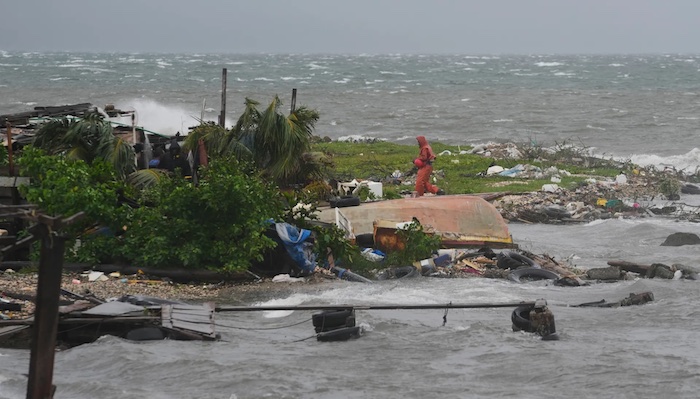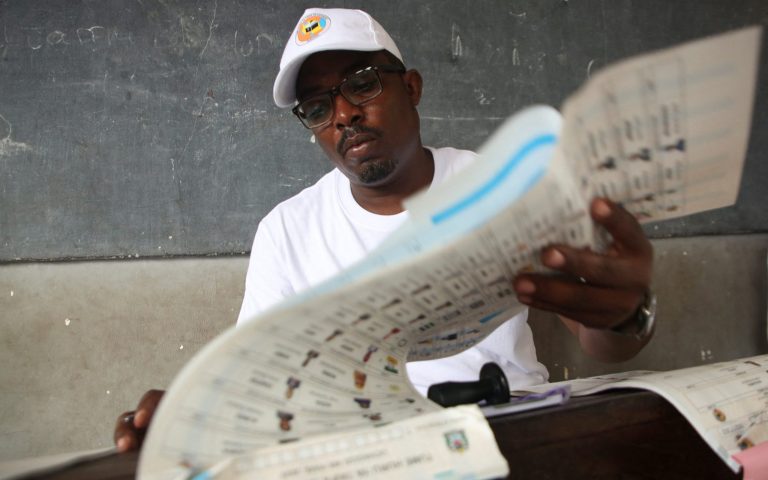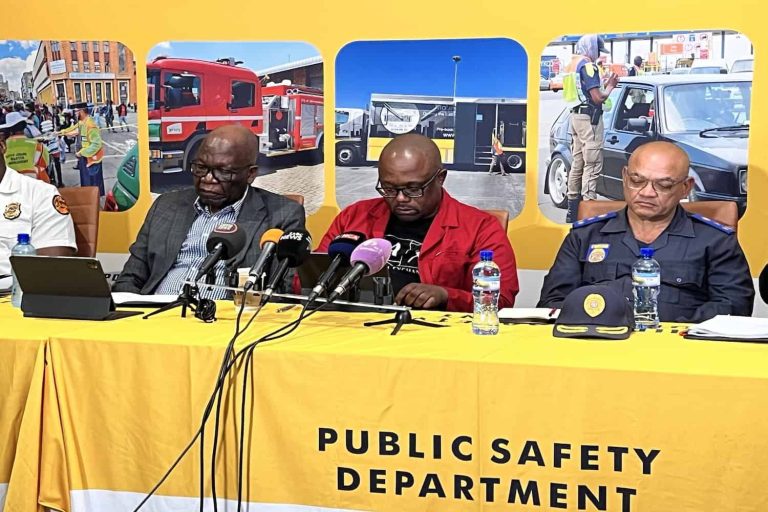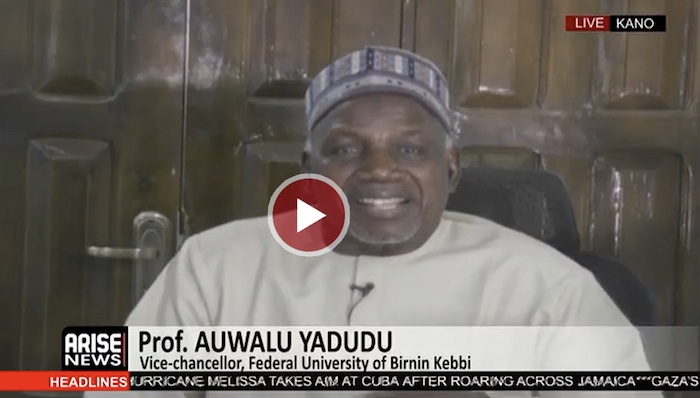
Hurricane Melissa, the strongest storm to hit Jamaica in modern history, has moved towards Cuba after unleashing devastating winds and floods across the island.
The category five hurricane brought widespread destruction, cutting off communities and damaging homes, hospitals, and key infrastructure. Jamaica’s Prime Minister, Andrew Holness, declared the entire island a disaster area, warning of “devastating impacts” and significant losses yet to be fully assessed.
“Reports that we have had so far include damage to hospitals, significant damage to residential property, housing and commercial property as well,” Holness said late Monday.
In the resort city of Montego Bay, floodwaters split the city in two, leaving entire neighbourhoods cut off. “It has been a very long day for us battling through the storm,” said Mayor Richard Vernon, adding that the priority now is to “check if everybody is alive.”
More than 700,000 people have been evacuated in Cuba as the storm approaches, with the National Hurricane Center warning that Melissa is expected to make landfall “soon.”
After crossing Jamaica, the storm briefly weakened but regained strength over warm Caribbean waters, reaching category four status before making landfall in southeastern Cuba with sustained winds of 125 mph (200 km/h).
Meteorologists say it is one of the most powerful hurricanes to hit Cuba since Irma in 2017.
Melissa is forecast to weaken as it tracks northeast, crossing the Bahamas later today before heading toward Bermuda on Thursday as a category one storm.
At 01:30 a.m. local time in Jamaica, the full extent of the damage remains unclear, but early reports point to “massive floods” and severe infrastructure damage.
Erizia Rubyjeana



